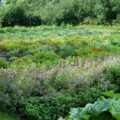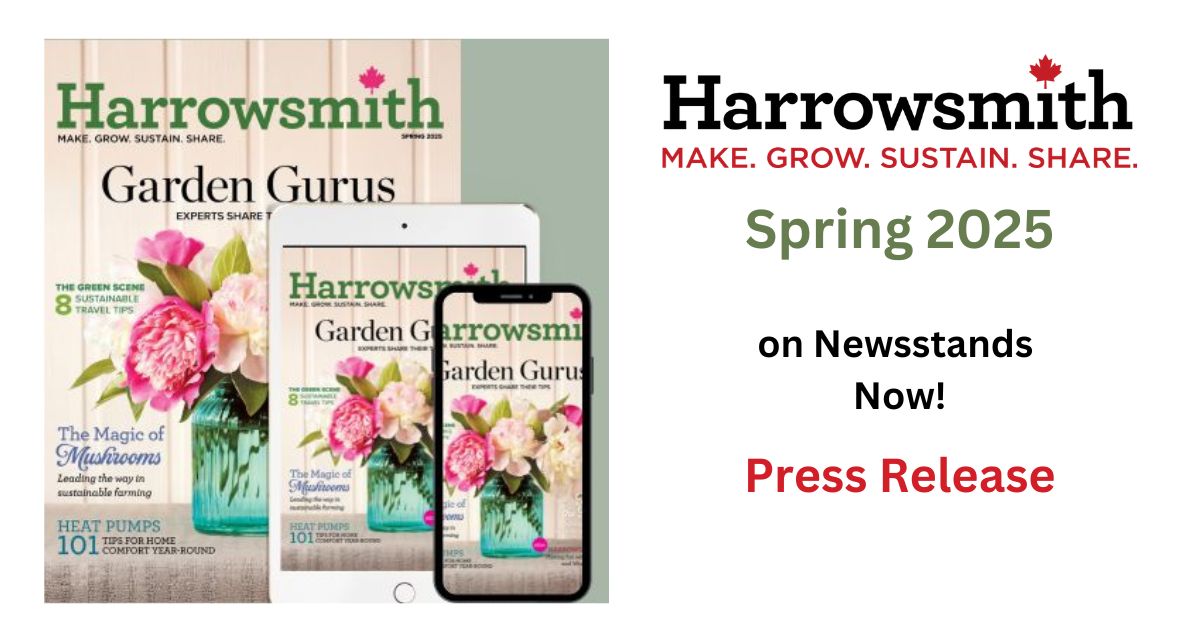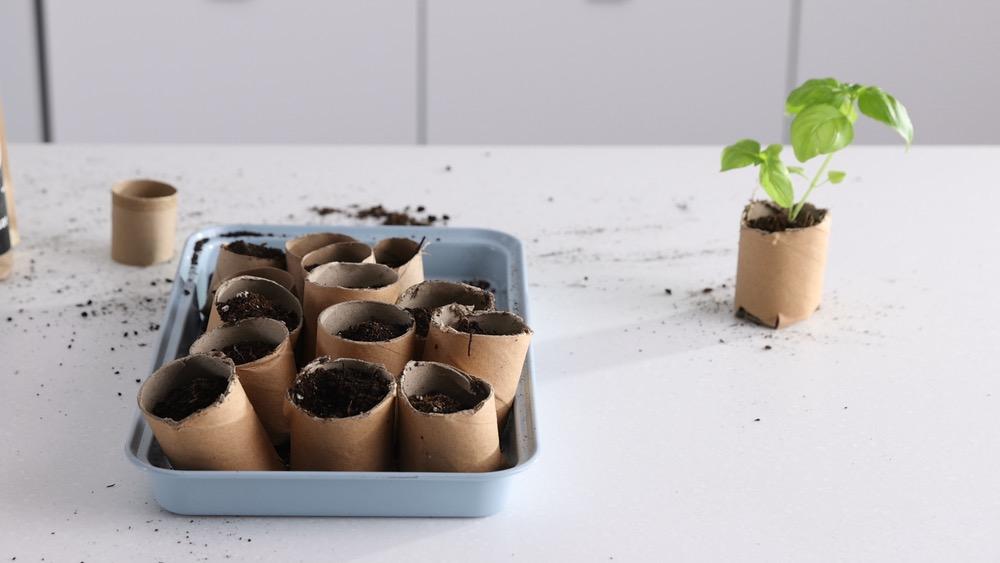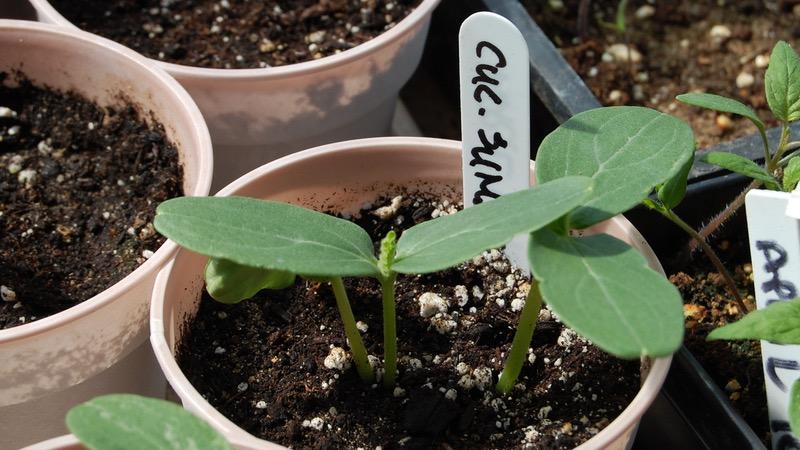It is a popular stat that bears repeating: one-third of our food supply depends on pollinators. That is because approximately 75%-95% of flowering plants need help moving pollen from the male to female parts of the plant to produce genetically healthy seeds, nuts, and fruit. Without viable seeds, many of those species cannot be re-propagated.
“Pollinators” represent a diverse cache of wildlife in the garden, such as bees, butterflies, birds, bats, beetles, moths, flies, and wasps, all attracted to floral displays throughout the season. Pollinators stop off to feed or rest, and in a moment, they can pick up enough pollen for transfer on their next stop.

How to Attract Birds to Your Garden
Sadly, many of these populations are driven to decline by pollution, agricultural chemicals, and habitat loss, but thankfully all three of these forces can be mitigated through thoughtful organic gardening. You can help promote the pollinator population by planting species of plants that are specific hosts to them, such as many native flowers that serve as primary host plants, and by creating habitat in the form of trees, shrubs, standing water, and rotting natural materials.

7 ways to encourage pollinators to the garden
- Plant a variety of flowers. Pollinators are attracted to a wide range of flowers, so planting various flowers in your garden will provide a diverse food source for them. Some good examples include wildflowers, clover, lavender, and sunflowers.
- Avoid using pesticides. Pesticides can be harmful to pollinators, so it’s best to avoid using them in your garden. Instead, use natural pest control methods such as companion planting, hand-picking pests, or using beneficial insects to control pests.
- Provide nesting sites. Some pollinators, such as bees and butterflies, need specific nesting sites. You can provide nesting sites by leaving some bare ground in your garden, creating
a rock pile, or installing nest boxes specifically designed for pollinators. - Provide water. Pollinators need water to survive, so providing a shallow dish with pebbles or rocks to perch on will help them stay hydrated.
- Time your planting. Try to have something blooming in your garden throughout the growing season. This will ensure that pollinators have a consistent food source throughout the year.
- Group similar plants together. Pollinators are more likely to visit a garden if they find several plants of the same species together.
- Avoid mowing your lawn frequently. Leave some areas of your lawn unmowed, encouraging wildflowers to grow and providing pollinators with a habitat.
It’s important to note that different regions in Canada will have different types of pollinators and different ways to attract them. It’s worth researching the pollinators native to your area and what type of plants and nesting sites they prefer.
Mark Cullen is an expert gardener, author, broadcaster and tree advocate
and holds the Order of Canada. His son, Ben, is a fourth-generation
urban gardener and a graduate of the University of Guelph and Dalhousie
University in Halifax. Follow them at markcullen.com, @MarkCullen4
(Twitter) and @markcullengardening (Facebook) and look for their latest book, Escape to Reality.
Follow them at markcullen.com, @MarkCullen4, facebook.com/markcullengardening and biweekly on Global TV’s national morning show, The Morning Show.













